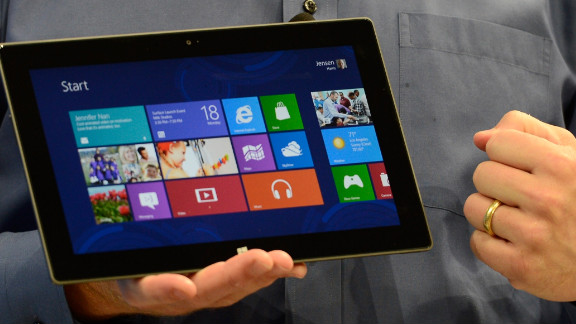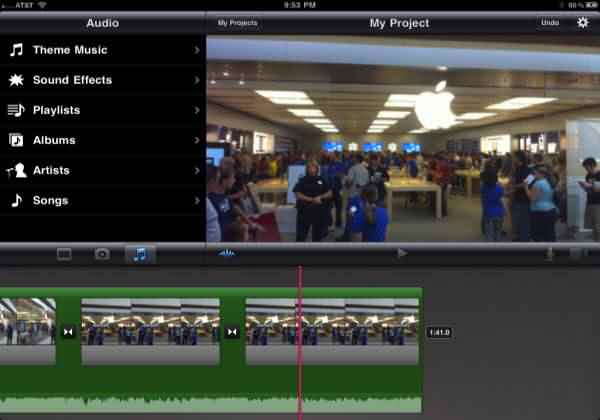
Only this time, I knew that I would have some international travel and simply could not consider anything that big. That didn’t last very long either – after years of use, the laptop finally died and it was time again to shop for something newer and better. But at least it worked and was good enough to do some real work. After all the frustrations, I kept on coming back to my good old Dell Precision laptop, which was heavy and too large to fit in any normal backpack. I then tried out a few other ultrabooks from HP and Sony, getting equally frustrated with similar or other problems. A bad mistake that cost me money and valuable time. After using it for a few months going through several motherboard replacements, dealing with the horrendous trackpad and a myriad of performance and other problems, I realized that it was not something I had any desire to continue to use.

My first pick was the Dell XPS 13, which I had high hopes for.


With a laptop style layout, small and portable design and plenty of processing power and memory, I tried out a couple of ultrabooks to see if they would fit my needs. While we have plenty of gadgets today to accomplish this task, the world seems to be divided between three camps – full-featured laptops that come with bulk, weight and very little battery life, highly mobile tablets that pack enough battery life to keep you busy, but don’t have the juice to run anything serious, or “ultrabooks” that fall in-between, being a compromise in terms of weight, bulk and performance.įor a while, I thought that an ultrabook would be the best device for my needs.

One of the biggest challenges that we photographers face when traveling is productivity – being able to import, access and back up captured photographs and sometimes even edit them to be posted online or provided to a client.


 0 kommentar(er)
0 kommentar(er)
